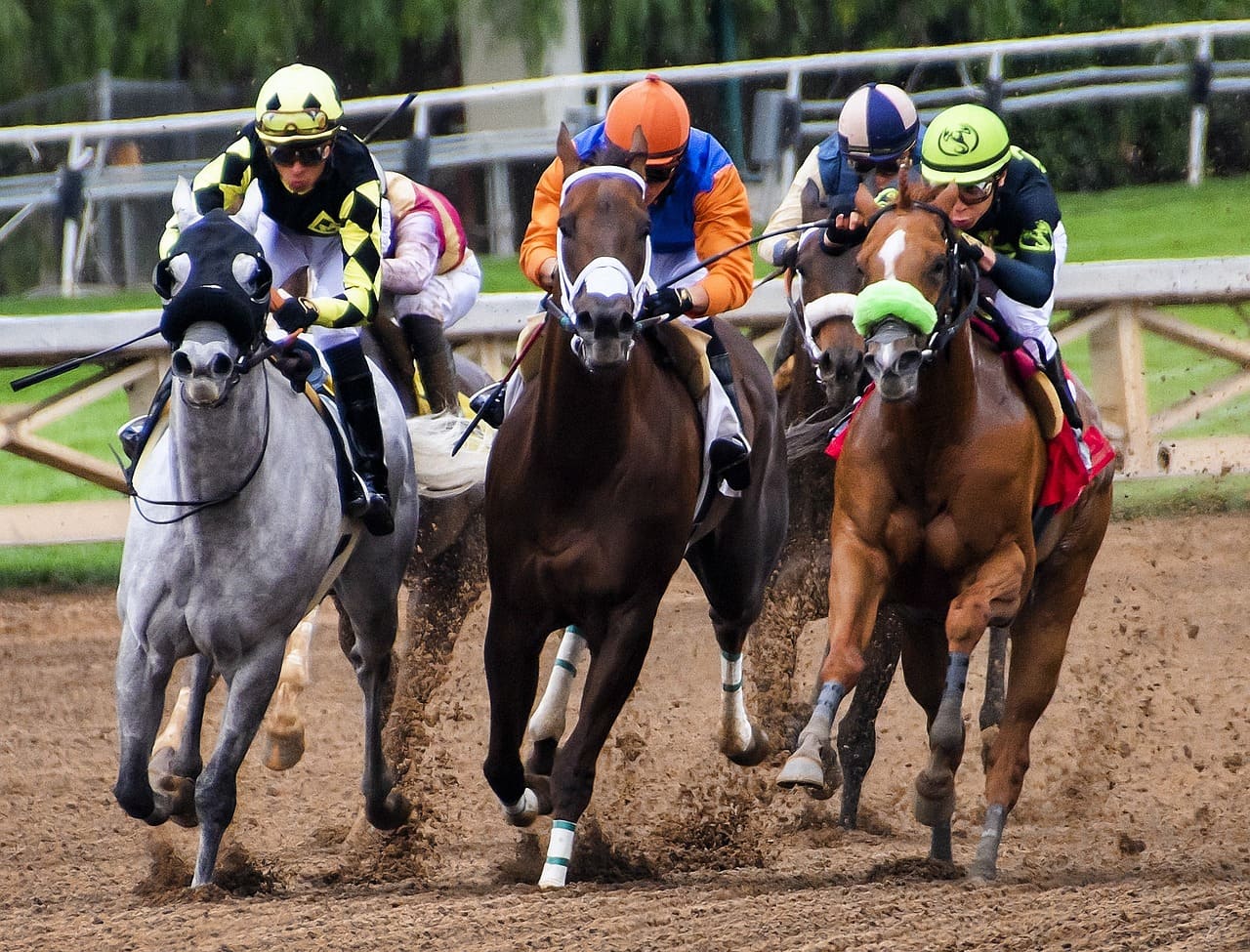During a horse race, are the horses aware that they are competing against each other? According to an expert from Charles Sturt University, the answer is no. From the horse’s perspective, there would be very few direct advantages to voluntarily galloping faster to reach the end of the track. These naturally social animals enjoy group gallops but may not have developed the desire to outpace their counterparts. Attempting to inhibit this behavior could potentially put them in danger.
While behaviors resembling races are observed in animals, the majority may not have developed a desire for victory in such a context. For example, horses are naturally social and willingly run in groups even without a jockey (for those in breeding). However, in the wild, group galloping serves to minimize exposure to predators.
Group galloping requires good synchronization and precise maintenance of speed. Additionally, animals must remain highly attentive to movements and body positions to avoid collisions, which could result in serious injuries given their power. This synchronization is adapted to the terrain and environmental signals. According to Catherine Henshall, lecturer at the School of Agricultural, Environmental, and Veterinary Sciences at Charles Sturt University, attempting to lead the group to arrive first at a specific location provides no natural advantage for these animals and may expose them to risks.
The collective behavior of horses contradicts the expectations of horse racing owners and enthusiasts. Horse races seem to depend on the horses’ ability to ignore this tendency in response to rider commands. However, jockeys can also leverage the individual preferences of their mounts. Some horses, for example, may not enjoy grouping and prefer to move to the front, while others prefer to stay in the pack. To optimize the chances of winning for the latter, jockeys generally allow them to remain in the peloton until approaching the finish.
This means that leading the group depends on both their innate tendency to synchronize with others and their ability to temporarily inhibit this behavior. For the animal, the desire to finish a race could simply be related to relieving the fatigue of the gallop or stopping the jockey’s whip. On the other hand, horses in the lead may endure more whip strikes in the final meters before the finish than those trailing (jockeys being aware that the chances of winning are very low). From the horse’s perspective, there would be few advantages to winning a race. Considering all these elements, according to Henshall, the animal is not conscious of competing with its group.
Endangering Animals
To direct their horses and inhibit their group synchronization tendency, jockeys employ various methods. The first involves encouraging animals to get closer to each other to try to catch up with those in front. The second involves imposing speeds on them that they did not choose over long distances and durations. The third involves preventing horses from changing their trajectory to adjust their position relative to others (a horse’s instinctive behavior). These actions can expose them to the risk of serious (sometimes fatal) injuries, not to mention the potentially abusive use of whips.
However, a 2020 study showed that the use of a whip does not influence the horse’s chances of victory or the safety of the race. Although some organizers now prohibit the use of whips for ethical reasons, they are still used in many competitions. Arguments advanced for their use are refuted by the study in question. Organizers generally argue that by using whips to direct horses at critical moments, they ensure the safety of riders and that animals do not feel pain due to adrenaline (a supposition also refuted by the study).
As a globally renowned sport, horse racing represents an industry worth nearly $115 billion. Horse owners invest substantial sums in their animals, anticipating the profits that races could yield. The management and care of animals, constituting essential aspects of this economy, require a deep understanding of their ecology and behavior.
